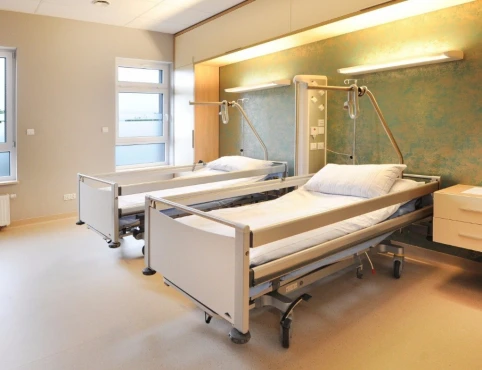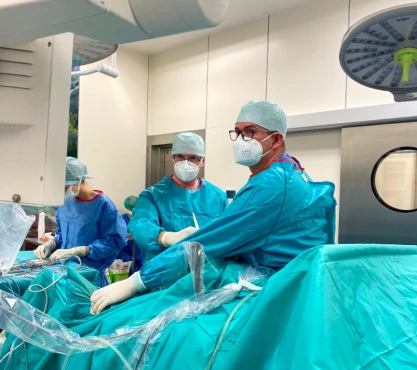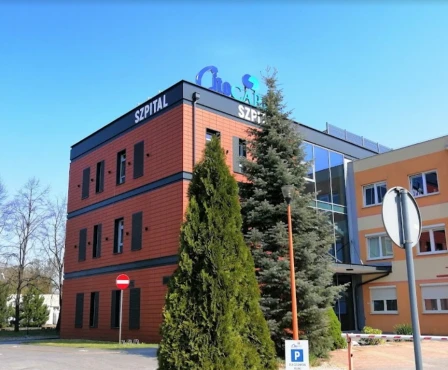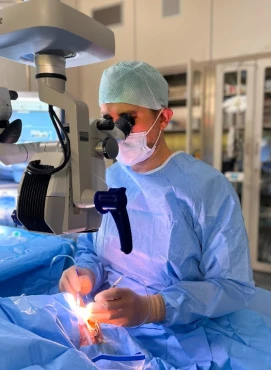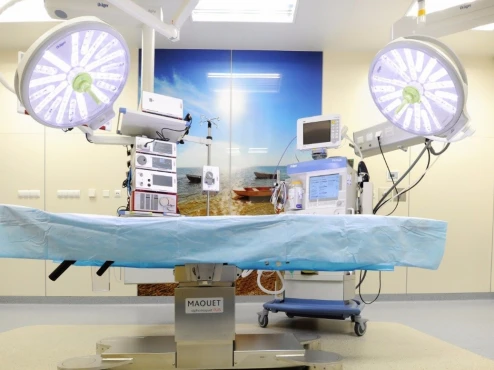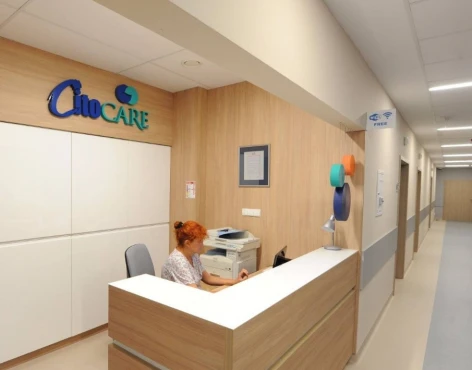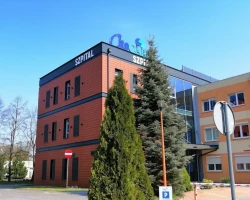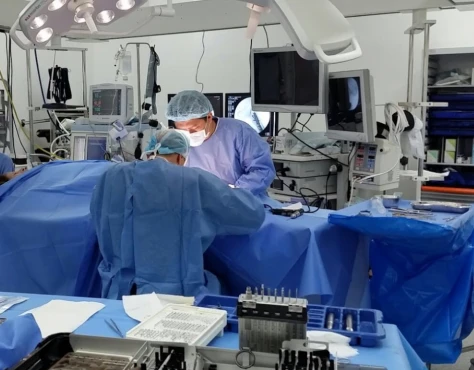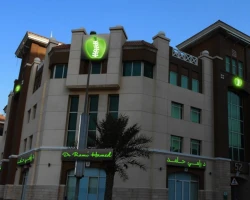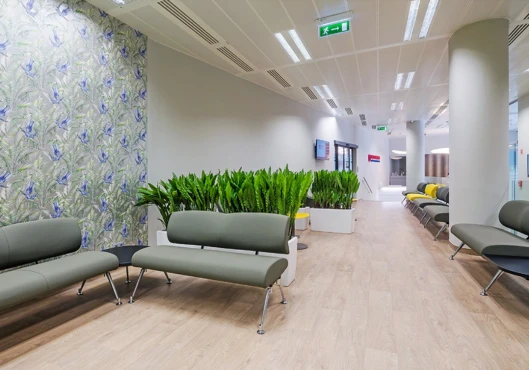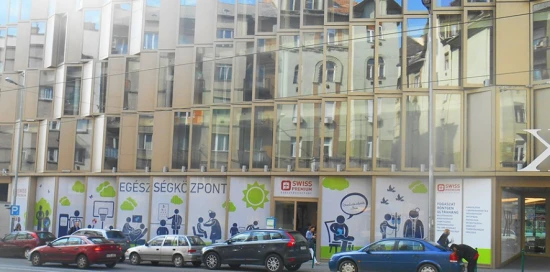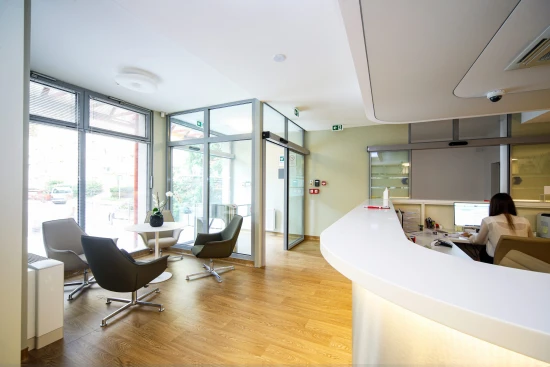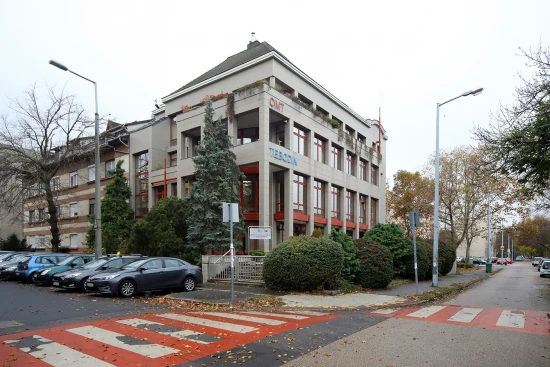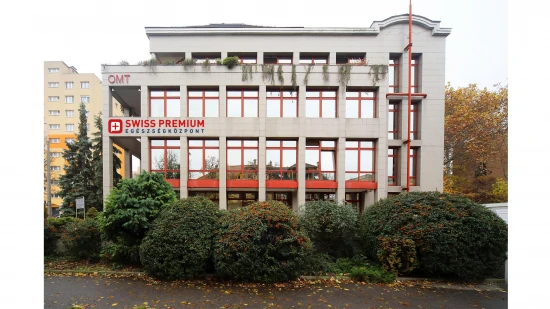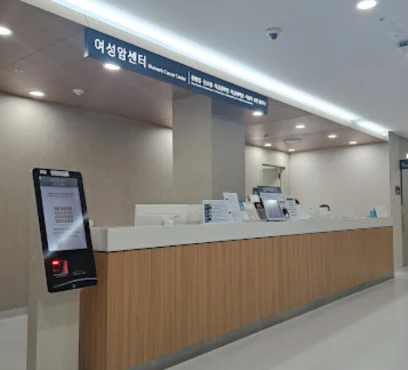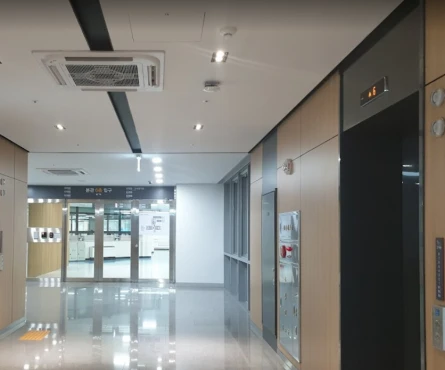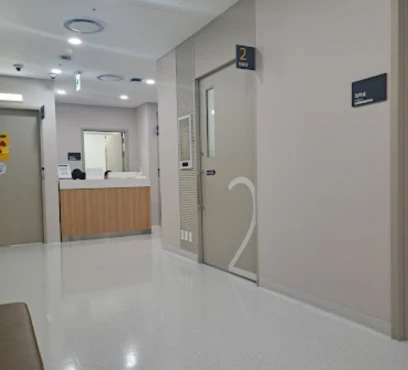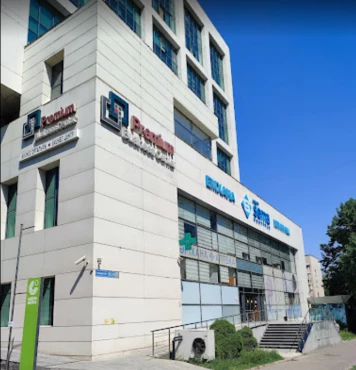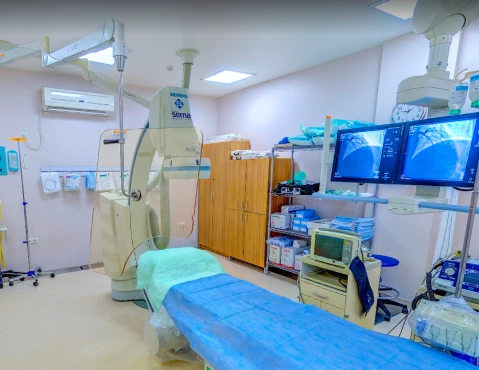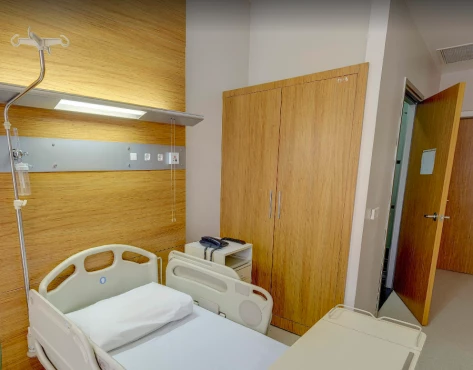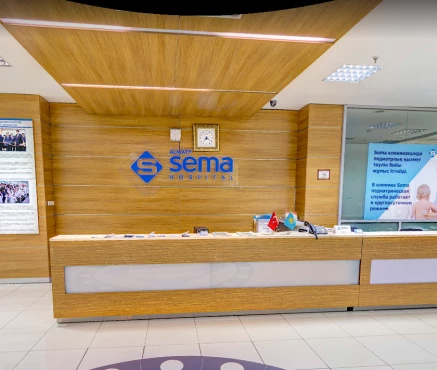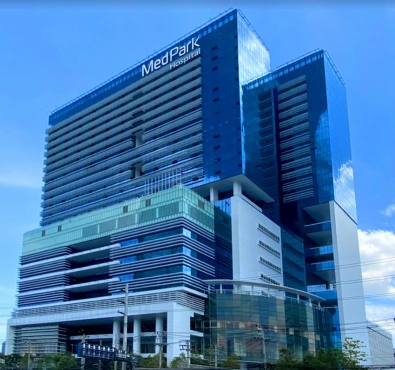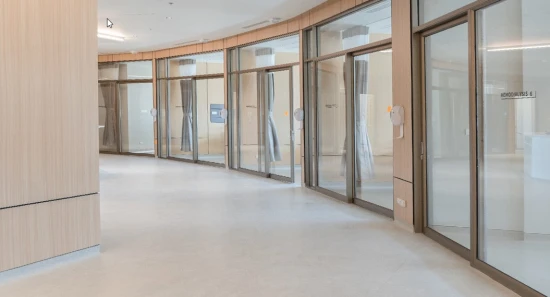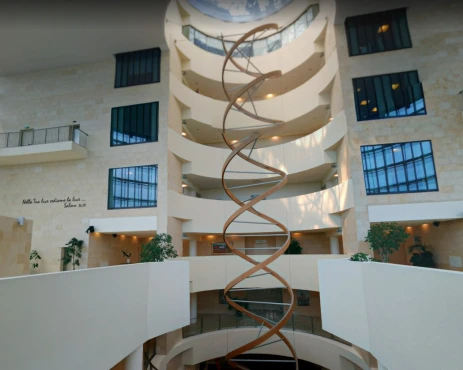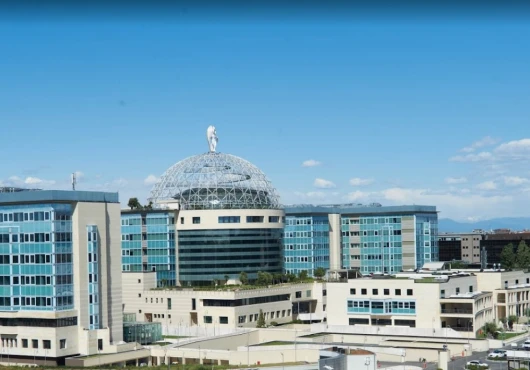Kidner procedure in 768 Orthopedic surgery clinics worldwide
768 clinics specializing in Orthopedic surgery providing Kidner procedure Kidner procedure involves the removal of an accessory navicular bone, a small bone on the inner side of the foot, to alleviate chronic pain or deformity. The procedure is typically done as an outpatient surgery. worldwide.
Sorted by:
Relevance
Rating
Cost of procedures
Relevance
Prices for selected procedures, total:
≈ $1,095
Prices for popular procedures:
Prices for selected procedures, total:
≈ $3,106
Prices for popular procedures:
Prices for selected procedures, total:
≈ $810
Prices for popular procedures:
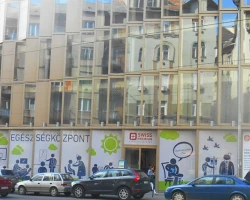
Budapest, Hungary
Specializations: Cardiac surgery, Vascular surgery, Thoracic surgery, Orthopedic surgery, Oncology, Dentistry
Languages: English, Hungarian
The location of the Swiss Premium Medical Center on Nagyenyed Street was chosen according to its easy access by public transport and car. The Medical
read more
Prices for selected procedures, total:
≈ $810
Prices for popular procedures:
Prices for selected procedures, total:
≈ $3,883
Prices for popular procedures:

Seoul, South Korea
Specializations: Cardiac surgery, Vascular surgery, Thoracic surgery, Neurosurgery, Spine surgery, Orthopedic surgery, Oncology, Dentistry
The hospital is fully devoted to elevating its medical service quality by introducing state-of-the-art equipment and systems such as Robot surgery, Linear Accelerator, 3.0T MRI,
read more
Prices for selected procedures, total:
≈ $531
Prices for popular procedures:
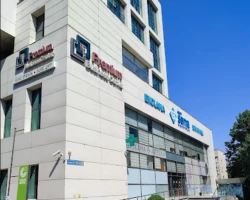
Almaty, Kazakhstan
Specializations: Cardiac surgery, Vascular surgery, Thoracic surgery, Neurosurgery, Spine surgery, Orthopedic surgery, Oncology, Dentistry
Languages: English, Russian
At the Almaty SEMA Hospital Clinic, you can get a full range of medical services provided by our leading specialists. Whether you need a small
read more
Prices for selected procedures, total:
≈ $2,180
Prices for popular procedures:

Bangkok, Thailand
Specializations: Cardiac surgery, Vascular surgery, Thoracic surgery, Neurosurgery, Spine surgery, Orthopedic surgery, Oncology, Dentistry
MedPark Hospital was established from the cooperation of diverse healthcare professional fields and Mahaichai Hospital Public Company Limited. The hospital operates under medical professionals and
read more
Prices for selected procedures, total:
by request
Prices for popular procedures:

Milan, Italy
Specializations: Cardiac surgery, Vascular surgery, Thoracic surgery, Neurosurgery, Spine surgery, Orthopedic surgery, Oncology, Dentistry
Languages: English
The San Raffaele Hospital is an institute which embodies clinical, research and university activities. Established in 1971 it provides international-level specialized care for the
read more
Procedure price distribution worldwide
Kidner procedure:
$277
This price found at
Dobrobut Multidisciplinary Hospital
in Ukraine, Kyiv
$2,216 - 4,444
This price found at
AZ Glorieux
and 214 more clinics in 14 countries
$6,635
This price found at
Tel Aviv Sourasky Medical Center (Ichilov)
in Israel, Tel Aviv
Minimum Average Maximum
Procedure prices in popular countries:
Kidner procedure:
Turkey
$1,372 - 1,372
in
30 clinics
Germany
$4,838 - 4,838
in
45 clinics
China
$5,480 - 5,480
in
6 clinics
United States
$6,220 - 6,220
in
23 clinics
Israel
$6,635 - 6,635
in
16 clinics
Countries with the highest number of clinics offering the procedures treatment:
Kidner procedure:
worldwide
770 clinics
United Kingdom
64 clinics
Germany
45 clinics
Brazil
33 clinics
Australia
31 clinics
Turkey
30 clinics
Clinics grouping by rating
Clinic with the highest rating of 5 — Berkana clinic in Moscow, Russia and 5 more, clinic with the most reviews number of 35757 — Aster CMI hospital in Bengaluru, India.
With rating 4.0 and over — 273 clinics .
